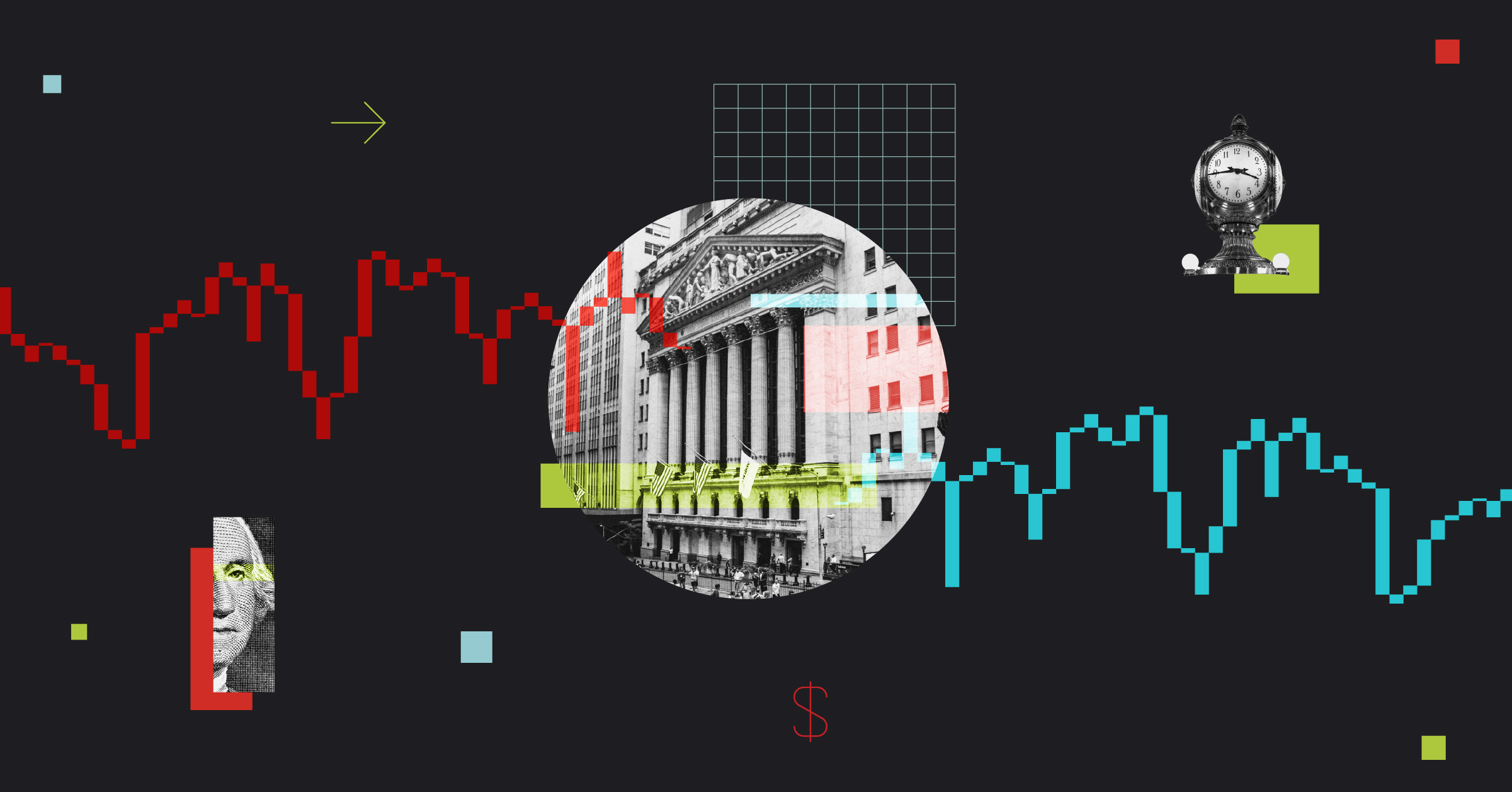Is Global Investing Out of Fashion?
Plus, the ‘new reality’ for investors in today’s market.

On this episode of The Long View, veteran portfolio manager and senior leader at Capital Group Jody Jonsson discusses global investing, the impact of artificial intelligence, portfolio strategy, and more.
Here are a few excerpts from Jonsson’s conversation with Morningstar’s Christine Benz and Dan Lefkovitz:
Is Global Investing Out of Fashion?
Christine Benz: We want to switch over to discuss global investing. You’re very much a global equity investor yet investing outside the U.S. is out of fashion among U.S. investors. The U.S. has outperformed by a large margin for the last 10 to 15 years. So why do you think investors should go global? What’s the case for it? And what’s an investor missing if they are just U.S. only?
Jody Jonsson: Well, I think it’s a bit myopic to think that all the great companies are located in the U.S. Clearly the U.S. market has been very strong, and there are many dominant companies that are domiciled in the U.S. But increasingly, as you think about global champions, it doesn’t matter as much where they’re domiciled as where they do business. And in certain industries, there really aren’t even real U.S. competitors.
Let’s take the luxury goods industry. The dominant companies of this industry are based in Europe. And if you said I was only going to invest in the U.S., you’d really have no exposure to that industry at all. Other industries like semiconductors or aerospace have incredibly strong global leading companies that are not based in the U.S. And so, we just think it’s a more holistic view to look around the world and invest with the global champions regardless of where they happen to be domiciled. And that’s very much the foundation of our New Perspective Fund, which I’m involved in. New Perspective’s whole mission has been to invest in companies that benefit from change, particularly around changing global trade patterns and economic patterns.
A New Reality for Investors
Dan Lefkovitz: Turning to your current view on markets, I’ve seen you talk about the new reality for investors. You say that the investment landscape currently bears more resemblance to early parts of your career than in recent years. Can you talk a little bit about that concept?
Jonsson: Well, this is one of the areas where being old is helpful to be able to think back to, oh, this is how it was in the ‘90s. I try to remind some of our younger associates that we’ve been in a truly extraordinary period since the early 1980s. Basically until 2020, we had almost 40 years of uninterrupted declines in interest rates and declines in inflation. And I think if you started up in this business anytime since the GFC, all you’ve ever known is very low interest rates and very low inflation. And I think a lot of people came to believe that that was a permanent state of affairs. What we’ve seen in the last couple of years is really, in my opinion, just more of a normalization. It’s not abnormal at all. We’re just going back to something that is more typical of a period, even the early 2000s. You don’t even have to go back to the ‘90s because rates aren’t that high yet. But just going back to something more normal where rates are not at zero and inflation is not at zero.
That has a lot of implications for how companies will be valued, particularly high-growth companies. And for me, it’s just kind of a reset. It’s a reminder that things don’t go on forever and we’re going back to a different environment. It doesn’t have to be a bad market environment, but it’s going to be a little less easy. When rates are at zero, money is free, stocks go up, everything goes up. When there’s a cost to capital again, the market, I think, will be more selective. And that should help active managers. That will help us. And I think it will also mean a market that is broader than just very narrow leadership.
Diversification Benefits of Non-U.S. for U.S. Investors
Benz: Going back to the thesis for maintaining a global portfolio, I’d like you to talk about the diversification benefits of non-U.S. for U.S. investors. It does seem like correlations, at least among developed markets, have risen over the past several years. Can you address that as the diversification case for non-U.S. there?
Jonsson: I do think you’re correct. I have seen that data and I do think it is less about trying to diversify and more about, at least again for us in New Perspective Fund, trying to find companies that are not represented in the U.S., that are also global champions of their industries, but where there isn’t a strong U.S. equivalent. We’re not coming at the fund with a U.S. bias. We’re not saying we’re going to prefer U.S. companies unless we can’t find one. We truly look around the world. And again, our research is based all over the world. I think 36% of our research analysts globally are based outside the U.S. So, we’re trying to look for interesting companies wherever they may be based. And in a world that is increasingly global, I’ll come back to the point I made before—I just think it’s a little less relevant exactly where they’re based. It’s much more relevant where they’re doing business and how globally competitive they are. Again, back to something like the semiconductor industry—why we would invest in semiconductors in Taiwan? Not so much to diversify; simply because there are superior companies located there.
The author or authors do not own shares in any securities mentioned in this article. Find out about Morningstar’s editorial policies.


/cloudfront-us-east-1.images.arcpublishing.com/morningstar/GJMQNPFPOFHUHHT3UABTAMBTZM.png)
/cloudfront-us-east-1.images.arcpublishing.com/morningstar/ZYJVMA34ANHZZDT5KOPPUVFLPE.png)
/cloudfront-us-east-1.images.arcpublishing.com/morningstar/LDGHWJAL2NFZJBVDHSFFNEULHE.jpg)